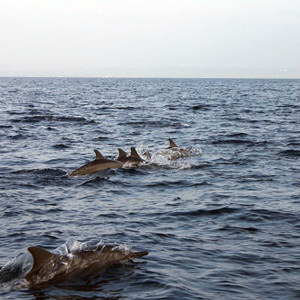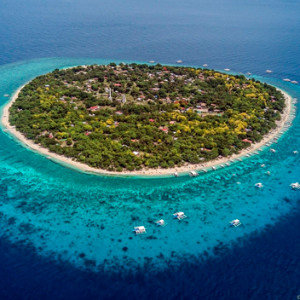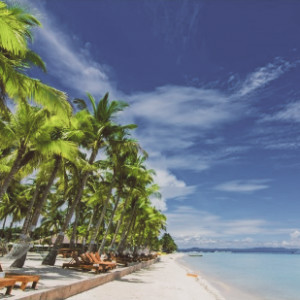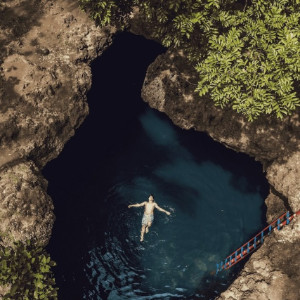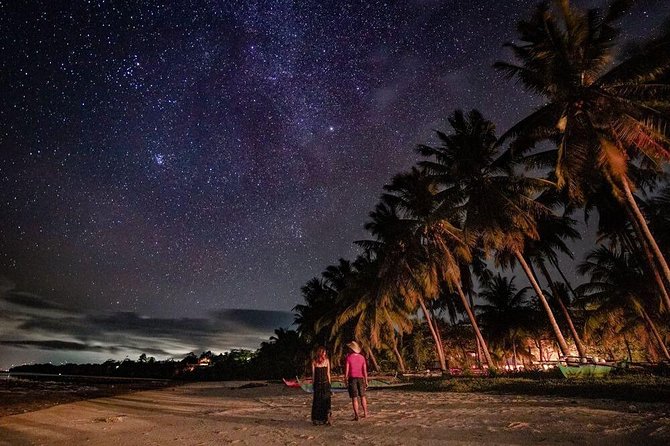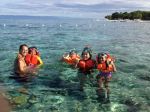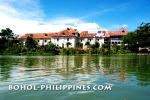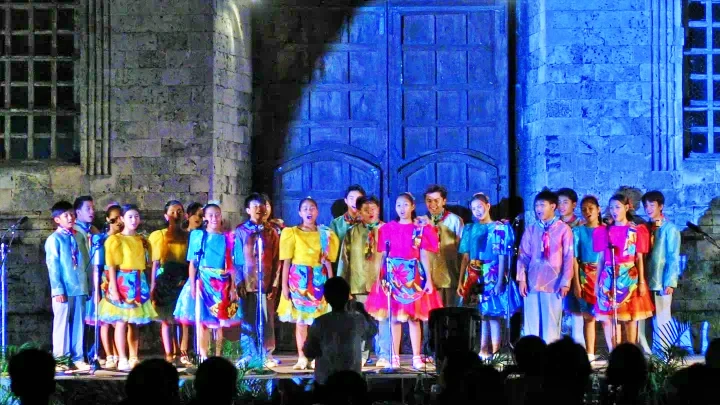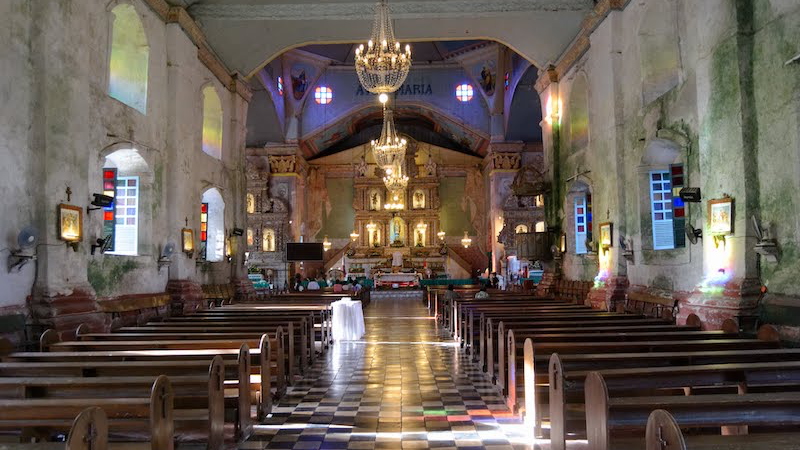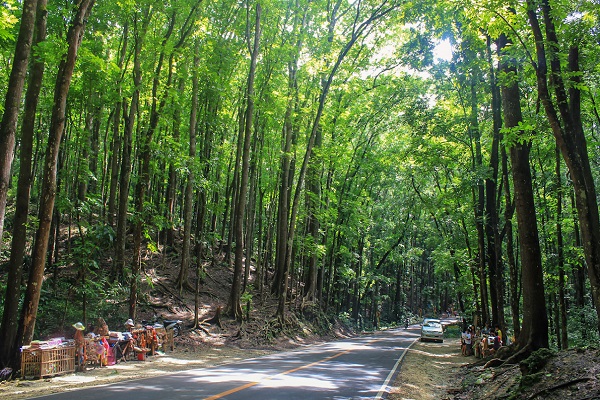Capt. Francisco Salazar
Secure your Cebu Bohol ferry tickets today to start your unforgettable journey!
Excerpts from 'The Bohol Guerrillas in Action' written by the late Pio B. Ferandos, former Cebu RTC Judge and Mayor of Loon.
Captain Francisco Salazar’s name came up during my research and study of Bohol and its history. It dawned on me that this man made a poignant contribution to the history of the Boholano people and to the cause for independence during the Japanese regime. Many may find cause to counter my decision but I deemed it proper that I include him in the roster of Famous Boholanos in our site, the www.bohol-philippines.com.
Salazar’s real name is Vicente T. Cubero. Born on September 28, 1911 in Barrio Carmen, Lanuza, Surigao, his parents were full-bloodied Boholanos. His father, Isidro Cubero hailed from Loon and his mother, Antonia Tejol, from Corella. In his boyhood, they lived in Barrio Tultugan, Calape and then in Pondol, Loon before they finally migrated and settled in Surigao.
At about thirty years of age, barely 5 feet and 3 inches tall with light brown complexion, a little bow-legged, with prominent white of the eye, and fine wavy hair, he was a secret agent of the USAFFE and he was sent to spy on the activities of the pro-Japanese spies in Bohol.
He boarded a boat bound for Bohol in Macrohon, Leyte in May 1942. After leaving Leyte, the boat however went first to Dinagat, Surigao to fish, then to Negros Oriental to sell the caught fish; again to the southern towns of Cebu, to Bohol in Baclayon and Tagbilaran to sell sugar, and finally to Sitio Lawis in Catagbacan, Loon. Salazar disembarked in Bohol in the later part of June 1942.
Salazar met and befriended a man, Lt. Juan “Aning” Relampagos, who led the trading vessel which he boarded in Leyte. Relampagos was an officer of the USAFFE who did not surrender to the Japanese and was in hiding. Introducing himself as Capt. Francisco Salazar of the USAFFE and also in hiding, he served as cook, hewer of wood, and drawer of water in the boat. Eventually, during the course of the boat’s voyage, Salazar revealed his true identity to Relampagos.
Immediately, after landing in Bohol, Captain Salazar started his work as secret agent of the USAFFE. He went from place to place incognito or assuming different aliases. During a meeting with his superiors Genaro Visarra, then a congressman in the 1st district and Ismael Ingeniero, a lieutenant who organized a guerrilla unit with temporary headquarters at Maitum, Balilihan, he was assigned to conduct active combat operations against the Japanese soldiers.
Recommended Bohol Philippines Tours
[ Bohol Sight Seeing Day Trips - Check Out Availability ]
[ Full Day Cruise and Sailing Tours - Check out Availability ]
[ Full Day Adventure Tours - Check out Availability ]
Discover more of Bohol's natural wonders through our recommended tours. Click on the links below to embark on unforgettable adventures:
Ready to explore the beautiful islands of Cebu and Bohol? Secure your ferry tickets today through 12go and start your unforgettable journey!
The Moalong Ambuscade
The ambush at Moalong, Loon was hatched during the meeting. On September 25, 1942, Salazar, Lt. Vicente Nunag, Jr., Capt. Graciano Espinueva, Lt. Sales and Lt. Brigido Senano and their men left Maitum and arrived at Moalong on a Sunday, September 27, 1942. They immediately positioned themselves on an elevated area overlooking the road bend going up northwest at an intersection which leads to Sandingan Island barrio where a bridge also existed.
This was the first ambush and the guerrillas were at an advantage. During the skirmish that followed, one of the two busloads of Japanese soldiers fell into the sea. By four o'clock in the afternoon, firing ceased on both sides. The enemy lost about 60 men in this terrible nine-hour encounter, their two buses completely demolished, 27 guns captured, and several thousands of munitions, steel helmets and others confiscated.
Of the whole Japanese force only around eight soldiers, mostly wounded, managed to escape towards the mangroves. As night fell, these stragglers walked or limped their way to the poblacion of Loon some four kilometers away where they were given first aid treatment at the town church at about 10:00 o'clock in the evening.
Lt. Vicente K. Nunag Jr. said of him: "Captain Francisco Salazar always treated me like a father to a son. Alone he lectured to me on the true worth of a man who fights for his country. He also taught me some military tactics especially during actual warfare. In the last lecture he gave to the boys before he died in an encounter in Ubujan, Tagbilaran, he again emphasized and stressed on bravery, honestly, trustworthiness, self-restraint, goodness, love of fellowmen, respect for women, love of country and love and fear of God. He taught us how honorable and glorious it is to die for the sake of one's country and loved ones. "
With a soft mellow voice, coupled with a very pleasant personality that commanded respect, Salazar easily won hundreds of followers, friends and supporters wherever he went. From a handful of soldiers, his organization dedicated to wipe out all the spies and all the Japanese from the province of Bohol, grew bigger and bigger day by day. Within a remarkably short time he had more than 1,000 soldiers and volunteers under his command.
Salazar was a splendid disciplinarian. A soldier disciplined by him was a real soldier who would fight like a lion and die side by side with him. His constant motto was: "We come here not to eat and retreat, but to eat and fight." Ironically, in the Battle of Moalong, they did not have a chance to take a bite of their breakfast since the Japanese were already right under their noses in the early morning of that fateful day.
In Cantaongon, the people who flocked around the camp learned to love and admire the great leader. As a spontaneous reaction to the teachings of Captain Salazar, they turned over heartily all forms of donation to the guerillas, such as food supplies, clothing, arms, munitions, dynamites, beddings, bolos, office equipment, stationery, and others.
In the period of four months, from October 1942 to January 1943, the Cantaongon Supply Camp collected food supplies and clothing to the aggregate value of over P10, 000. The Camp became the most dependable supply depot of the guerilla army in the whole province.
By four o'clock in the afternoon, firing ceased on both sides. The enemy lost about 60 men in this terrible nine-hour encounter, their two buses completely demolished, 27 guns captured, and several thousands of munitions, steel helmets and others confiscated.
Of the whole Japanese force only around eight soldiers, mostly wounded, managed to escape towards the mangroves. As night fell, these stragglers walked or limped their way to the poblacion of Loon some four kilometers away where they were given first aid treatment at the town church at about 10:00 o'clock in the evening.
Our force lost Capt. Graciano Espinueva, Lt. Brigido Serrano and Pvt. Antonio Iyas. Lt. Woodrow Sales and six enlisted men were wounded and sent to Tubigon for treatment in an emergency hospital.
At dawn of Monday, September 28, a jitney and a bus with around fifteen Japanese soldiers arrived in Moalong from Tagbilaran. They got their dead and put to the torch all the houses (numbering around 15) in Sitio Moalong, south of the bridge. Capt. Salazar ordered the destruction of the Moalong Bridge the following night to prevent the Japanese from coming back to burn the towns of Calape, Tubigon and Clarin.
At almost the same time, Capt. Salazar and his all men who fought in Moalong the previous day went up to the mountain barrio of Cantaongon, about five kilometers from the scene of the battle, and there established his camp.
The fame of the Moalong encounter spread far and wide. Even people of the neighboring provinces of Cebu and Leyte learned of this great victory led by the intrepid captain. As a result, hundreds of soldiers who were then in hiding, and volunteers from far and near reported to the supply camp and command post in Cantaongon for enlistment.
Here in this camp, Capt. Salazar inculcated in the mind and heart of the guerillas the love of country and the true worth of a man. Everyday he preached by precept and example on discipline and devotion to one's duty, love and fear of God, respect for women, self-reliance and abnegation, courage and daring, loyalty and patriotism. The guerrillas imbibed the teachings of the great Captain like the Disciples of Christ; and many of them followed his teachings even to this day.
Captain Salazar died during an encounter with Japanese forces in Ubujan, Tagbilaran on October 22, 1942. His remains were buried in Tubigon and later transferred to the Loon cemetery.
Top of Capt. Francisco Salazar
Ready to explore the beautiful islands of Cebu and Bohol? Secure your ferry tickets today through 12go and start your unforgettable journey!
recommended hotel booking
Book your stay in Bohol's breathtaking surroundings through Agoda and experience the ultimate relaxation
Top 25 Sights and Attractions in Bohol
- Chocolate Hills
- Tarsier Conservation Sanctuary
- Panglao Island
- Loboc River Cruise
- Hinagdanan Cave
- Balicasag Island
- Alona Beach
- Bilar Man-made Forest
- Blood Compact Shrine
- Baclayon Church
- Bohol Bee Farm
- Anda Beach
- Sipatan Twin Hanging Bridge Loboc
- Danao Adventure Park
- Sagbayan Peak
- Butterfly Conservation Center
- Clarin Ancestral House
- Dimiao Twin Falls
- Mag-Aso Falls
- Anda White Beach
- Lamanok Island
- Rajah Sikatuna Protected Landscape
- Dauis Church
- Can-umantad Falls
- Punta Cruz Watchtower
Top 20 Destinations of Bohol
- Tagbilaran City
- Panglao Town
- Talibon Town
- Anda Town
- Loboc Town
- Dauis Town
- Ubay Town
- Tubigon Town
- Loon Town
- Jagna Town
- Alicia Town
- Carmen Town
- Getafe
- Danao Town
- Bilar
- Alburquerque
- Sierra Bullones
- Sagbayan Town
- Baclayon Town
- Antequera
Ready to explore the beautiful islands of Cebu and Bohol? Secure your ferry tickets today through 12go and start your unforgettable journey!
All Rights Reserved ©2023. Bohol Philippines Travel Guide
Address: Talibon, Bohol, Philippines


